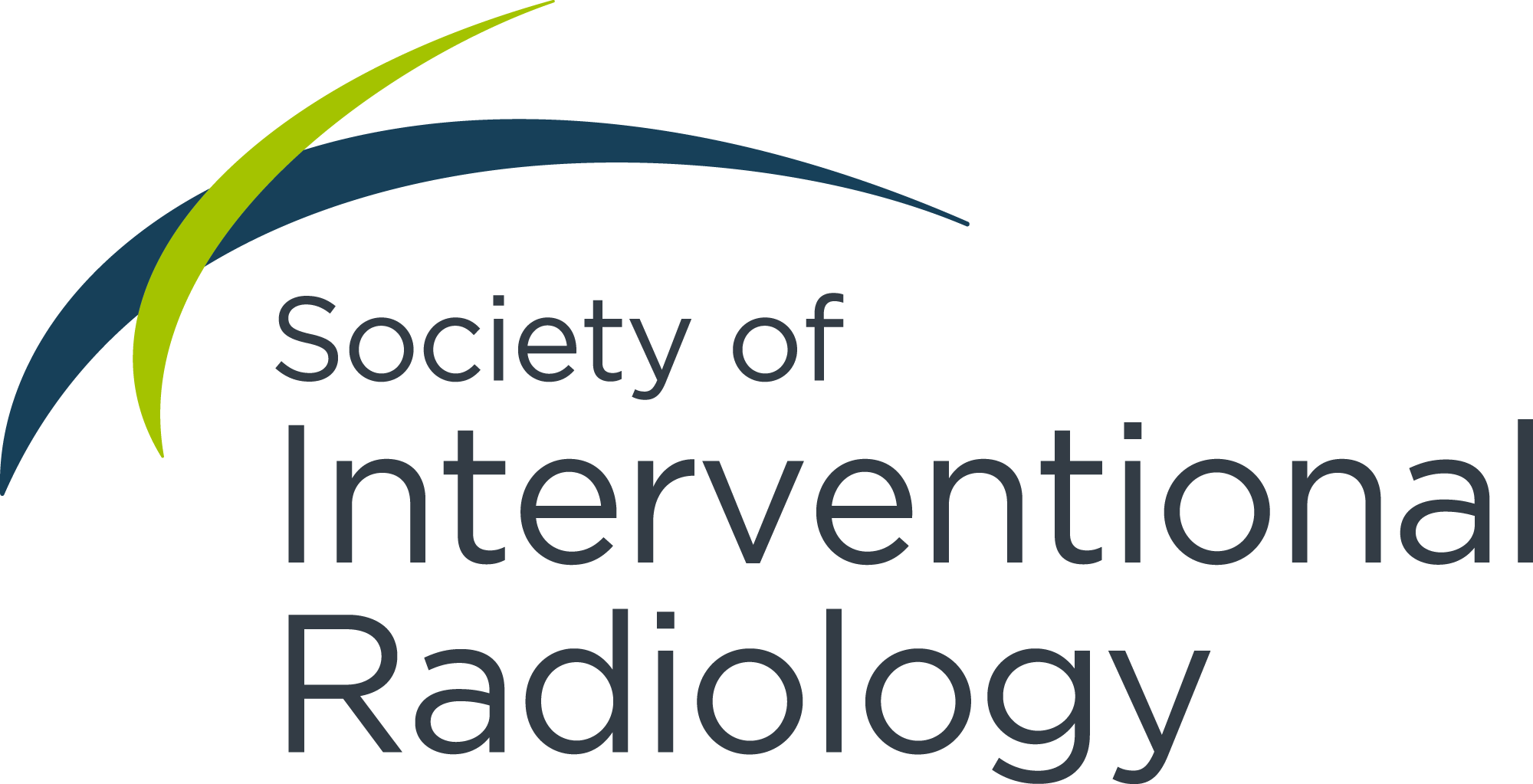Read the full article on JVIR:
Tell us about you, your research team and your institution.
Andrew Kennedy, MD: I have the privilege of working in a busy radiation oncology clinic serving adults and pediatric patients with a variety of cancer diagnoses. Over the years it has been a distinct honor to collaborate with these well-known and outstanding physician researchers who also share an interest in liver-directed therapies for malignancies. Our coauthors represent the complement of specialists that most hepatobiliary cancer multidisciplinary teams contain, with the addition of a pharmacist who is a senior leader of an extensive first-in-man and phase I/II clinical trialist network. The institutions of our investigators range from community practice to high-level urban academic centers in the U.S. and EU.
What was the focus of your study?
AK: Our intent was to provide a consensus of expert opinions regarding the most common clinical scenarios facing practitioners today to deliver effective and safe ways of combining systemic agents and Y-90 transarterial radioembolization (TARE).
Why did you set out to research this topic?
AK: Despite the hundreds of published papers related to utilizing Y-90 TARE for hepatic malignancies, there is not adequate, high-level medical evidence to inform us on the optimal way to use hepatic radioembolization with concurrent systemic therapies. It is exciting to gain new and effective systemic agents for liver cancers, and an obvious next step to consider is how we can combine the best-known approaches for unresectable hepatic cancers with these new drugs. Often the oncology community codevelops best practices in lieu of high-level medical evidence; we share what experience we have with each other broadly and learn from this collective experience to avoid complications and improve therapeutic outcomes.
What were the key takeaways?
AK: It was our intent to highlight safety recommendations. This includes not just a sequence of agents with Y-90, but the exclusion of untested classes of drugs that might reasonably be considered by teams (but could lead to unintended and severe toxicities).
In metastatic colorectal cancer patients, we believed it is important to emphasize the medical evidence supporting multiagent chemotherapy with Y-90. But also, these data include a dose reduction or omission of a key agent—oxaliplatin—and proper washout of epidermal growth factor agents (cetuximab and panitumumab) and vascular endothelial growth factor inhibitor (bevacizumab) before exposing liver to radiotherapy.
In hepatocellular carcinoma (HCC), improved outcomes with use of anti-PD-1 and anti-CTLA-4 agents plus tyrosine kinase inhibitor (TKI) along with Y-90 TARE is a common clinical inquiry. Encouraging medical evidence supports using nivolumab shortly after Y-90 treatment. But be cautious using sorafenib plus Y-90 and combined anti-PD-1/anti-CTLA-4 agents in conjunction with Y-90 due to lack of safety data and outcomes. This is the most common clinical question we encounter in hepatobiliary tumor boards.

Photo provided with permission from Elsevier
What do you consider the impact of these findings?
AK: We are hopeful that this report will provide liver-directed treatment teams with increased confidence in using Y-90 in conjunction with systemic agents, as these patients need aggressive therapy to prolong survival, maintain quality of life and avoid uncontrolled tumor growth.
How do you think this research could impact treatment, practice or clinical processes?
AK: It is possible that more patients will be offered potentially helpful Y-90 TARE in addition to the exciting new systemic agents. We do not want the benefits of combined modality therapy (Y-90 + systemic) to be underutilized from lack of information, understanding or misplaced concern of excessive toxicities.
What are the next steps? Any additional research planned?
AK: Our research collaboration will continue to follow new medical evidence of systemic agents in hepatic cancers, and we may potentially update our report in the future. The current report is an update from a 2017 effort with the same goal.



